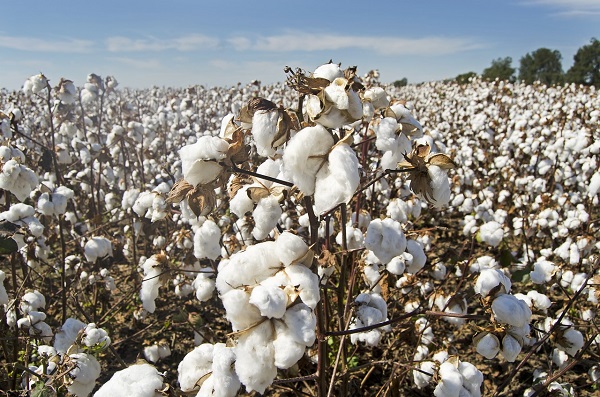
The National Cotton Council (NCC) of America’s 2023 ‘World Cotton Economic Outlook’ predicts a rebound of world cotton consumption, despite the pressures of a turbulent global economy. Year of 2022 was full of uncertainty and upheaval, and the US markets have been affected by increased manufacturing costs, lower consumer demand, and supply chain disruptions. Experts however, expect modest economic growth over the next two years, even if the projected growth is slower than two previous years.
Set up to ensure that all US cotton industry segments compete effectively and profitably in raw cotton, oilseed and US-manufactured product markets in the US and globally, the NCC remains positive about the cotton industry. In her NCC Annual Planting Intentions survey results Jody Campiche, Vice President, has projected US cotton acreage in 2023 will be 11.4 million acres, 17 per cent lesser than in 2022 and may well be a matter of concern.
Although post-pandemic manufacturing costs remain high, cotton harvest-time futures prices are currently 16.5 per cent less than a year ago while prices of most other competing commodities remain relatively unchanged. This is mainly because many cotton growers have shifted away from this unpredictable segment to other competing commodities.
The fight against inflation, cheaper imports from other countries and the Russia-Ukraine war have weighed heavily on the US economy although the cotton segment still has its head high above turbulent waters in 2023.
US cotton belt to generate a rich cotton crop
Southern US, where cotton has been the predominant cash crop since the late 18th century, is keeping this industry alive and kicking. Using the five-year average abandonment rates along with state-level adjustments, the harvested area in this rich cotton belt is expected to total around 8.8 million acres in 2023 with a US abandonment rate of 22.6 per cent.
Industry estimates predict based on the five-year average state-level yield per harvested acre, this cotton belt will generate a rich cotton crop of 15.7 million bales, with 15.2 million upland bales and the premium 466,000 extra-long staple (ELS) bales like Egyptian cotton.
In Campiche’s report, global production will probably increase slightly to 115.9 million bales in 2023-24 due to an increase in harvested acreage. However, overall world cotton marketing and distribution 2023-24 marketing year is far more encouraging and projected to increase by 4.7 per cent to 116.1 million bales.
China reopening brings hope
Global economic conditions improved rapidly after the removal of Covid restrictions in China, one of the largest luxury markets in the world. China has always played a pivotal role in global cotton and textile industry as a major global cotton producer and importer, and major textile exporter with hundreds of manufacturing industries and cotton fields spread throughout the country. As per IMF projections, China’s growth rate will increase from 3 per cent in 2022 to 5.2 per cent this year. With more demand for premium cotton consumption in key importing countries, global cotton trade is expected to grow to 44.2 million bales in 2023-24.
US mills continue to be critically important to the health of cotton industry and is currently focusing on high-tech machinery and big investments to remain competitive in the face of rising textile imports from Asia. The NCC in its domestic mill cotton use projects an increase in US mill use to 2.3 million bales in 2023-24 marketing year. The NCC is currently focusing on new and improved trading agreements in the Western Hemisphere and doing what is needed to preserve and improve the US textile industry’s health.












